Best lenses for the Panasonic Lumix GH7
Here are some of the best lenses for the Panasonic Lumix GH7, still one of the most powerful hybrid cameras of all
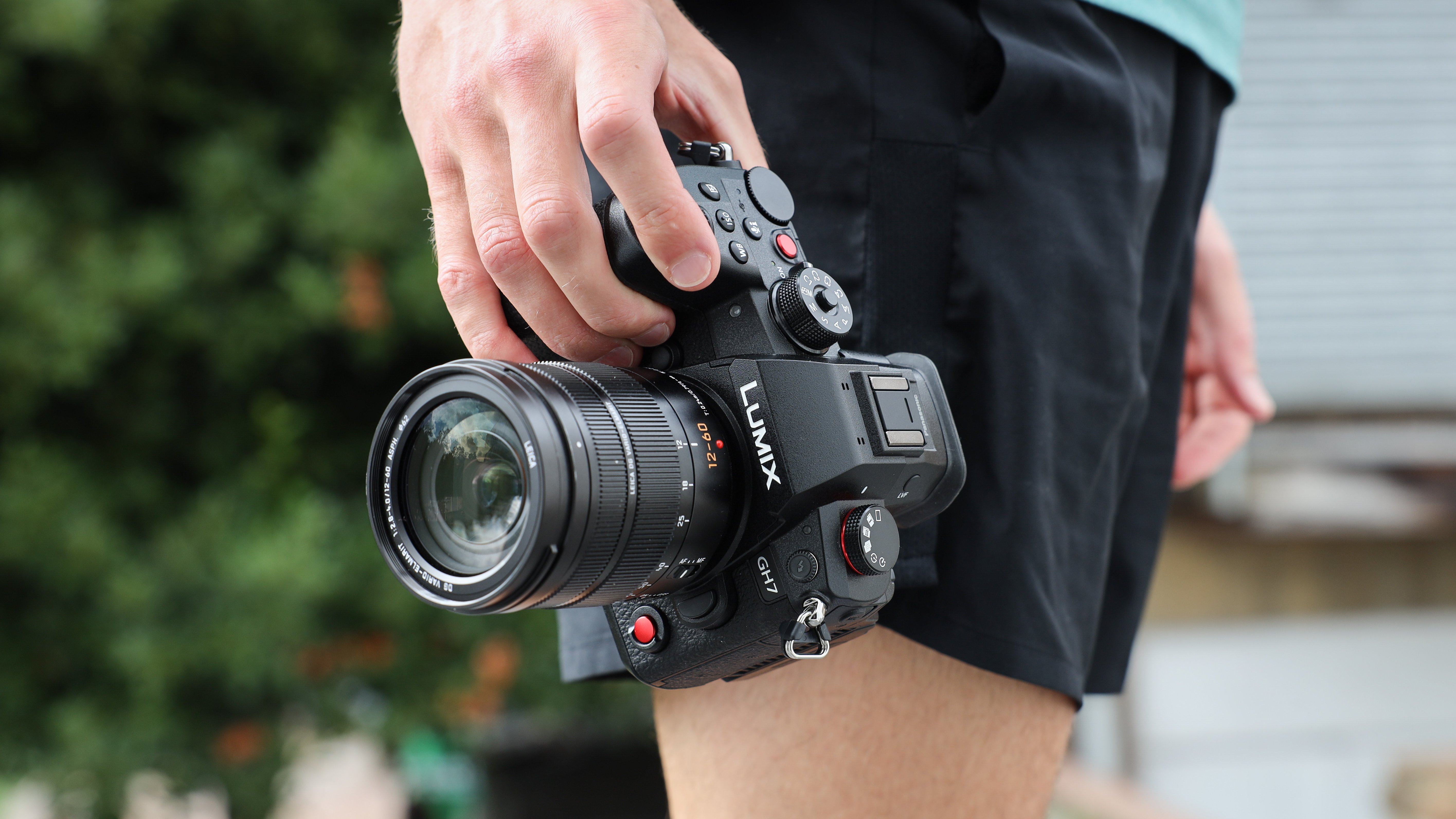
The Panasonic Lumix GH7 is the latest and greatest release in Panasonic’s Lumix G camera range. This uses a smaller Micro Four Thirds sensor compared to the full frame sensors in the Lumix S range, but Lumix G cameras have been around for much longer and have built up a big fan base.
The Lumix GH7 is one of the best Panasonic cameras and perhaps the ultimate Panasonic hybrid model, combining professional video capabilities with the highest 25MP Micro Four Thirds resolution yet, and exceptional image stabilization. The big news with this camera was the introduction of on-sensor phase-detect autofocus to bring it up to speed – finally – with its hybrid mirrorless rivals.
So if the GH7 is one of the best hybrid cameras on the market, which are the best lenses to use with it?
We’ve taken a few things into account with our list. The GH7 is likely to be used by pro filmmakers, so we’ve included some top-flight Panasonic-Leica lenses. But the GH7 is not particularly expensive by hybrid camera standards, so we’ve also included some more affordable everyday lenses for enthusiasts. We’ve also tried to cover just about every base for focal lengths and photography genres!
Best lenses for the Panasonic Lumix GH7
Why you can trust Digital Camera World
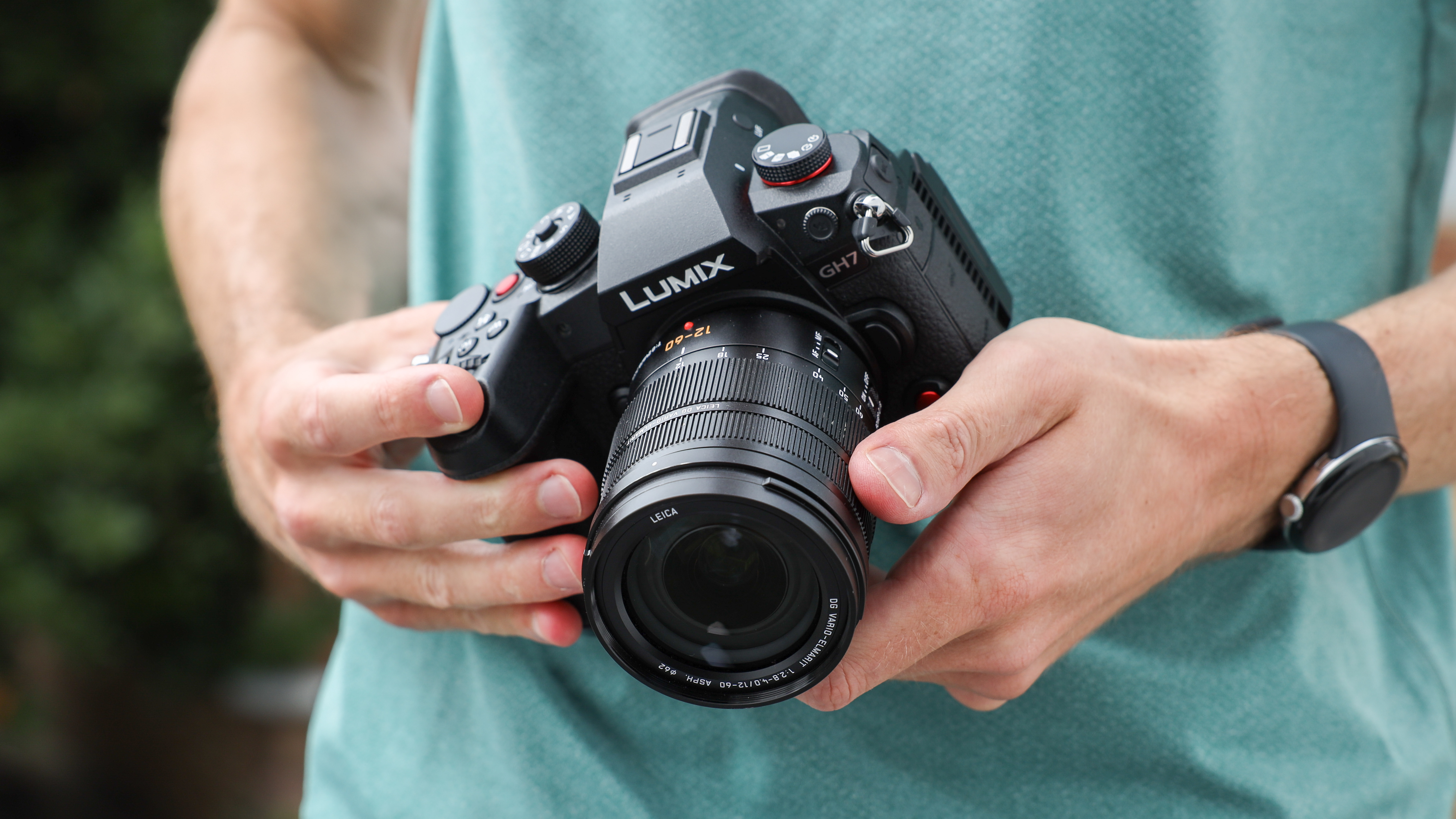
Specifications
Reasons to buy
Reasons to avoid
Panasonic makes two 12-60mm zoom lenses for its Lumix G cameras, but this is the premium version co-branded with Leica. The variable f/2.8-4 maximum aperture is disappointing in a pro lens, but Leica does this a lot with its zooms so we’ve come to expect it. This is the ideal standard zoom to get as a kit with the GH7, but it’s also worth considering as a standalone purchase. We’d like to see a little better edge sharpness, but overall this is a great lens with premium build quality and a very useful 24-120mm effective zoom range. It’s also pretty light and easy to handle, so it balances very nicely on the GH7 as a do-it-all everyday lens.
See our full Panasonic 12-60mm f2.8-4.0 Leica DG Vario-Element Power O.I.S review
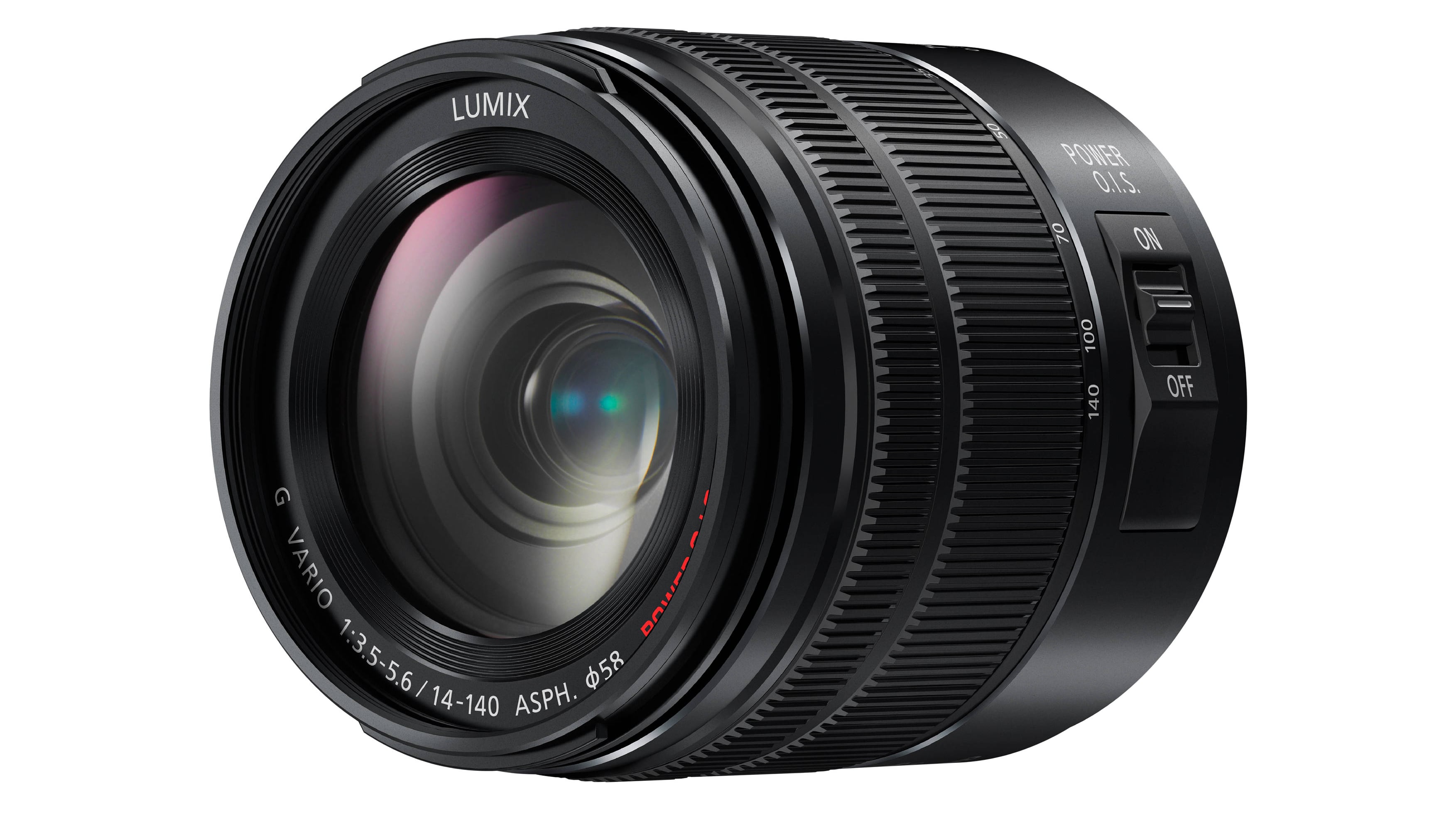
Specifications
Reasons to buy
Reasons to avoid
We like the Leica DG Vario-Elmarit 12-60mm f/2.8-4 ASPH. as a premium kit lens, but if you’re looking for one lens to rule them all, the Lumix G Vario 14-140mm f/3.5-5.6 II ASPH. POWER O.I.S. takes the crown, with a 10x zoom range and remarkably compact and light design. With any super-zoom lens you do have to accept a variable maximum aperture and some loss of sharpness at longer zoom settings, but the 14-140mm is very good for its type and not ruinously expensive, either – especially if you can get it as part of a kit. It also comes with Panasonic’s Power O.I.S. stabilization, though this matters less on the GH7, which has excellent stabilization of its own.
See our full Panasonic Lumix G Vario 14-140mm f/3.5-5.6 II ASPH. Power OIS review

Specifications
Reasons to buy
Reasons to avoid
If you use the GH7 as a filmmaking tool fully rigged up with a cage, monitor, mic and all the rest, then you’re probably not going to worry about how big the lens is – which is just as well, because this one is a bit of a monster. The payback, though, is a spectacular constant f/1.7 maximum aperture and a wide-standard focal range ideal for all sorts of filming, especially interiors. While it costs a lot more than the average Lumix G lens, the 10-25mm is not wildly expensive and positively cheap for a professional video lens. Note that it also has a stepless aperture ring, though Panasonic didn’t go the whole hog and equip it with focus/iris gears and T-stops, so some might feel it’s only halfway towards a cinema lens.
See our Panasonic Leica DG Vario-Summilux 10-25mm f/1.7 ASPH hands-on review
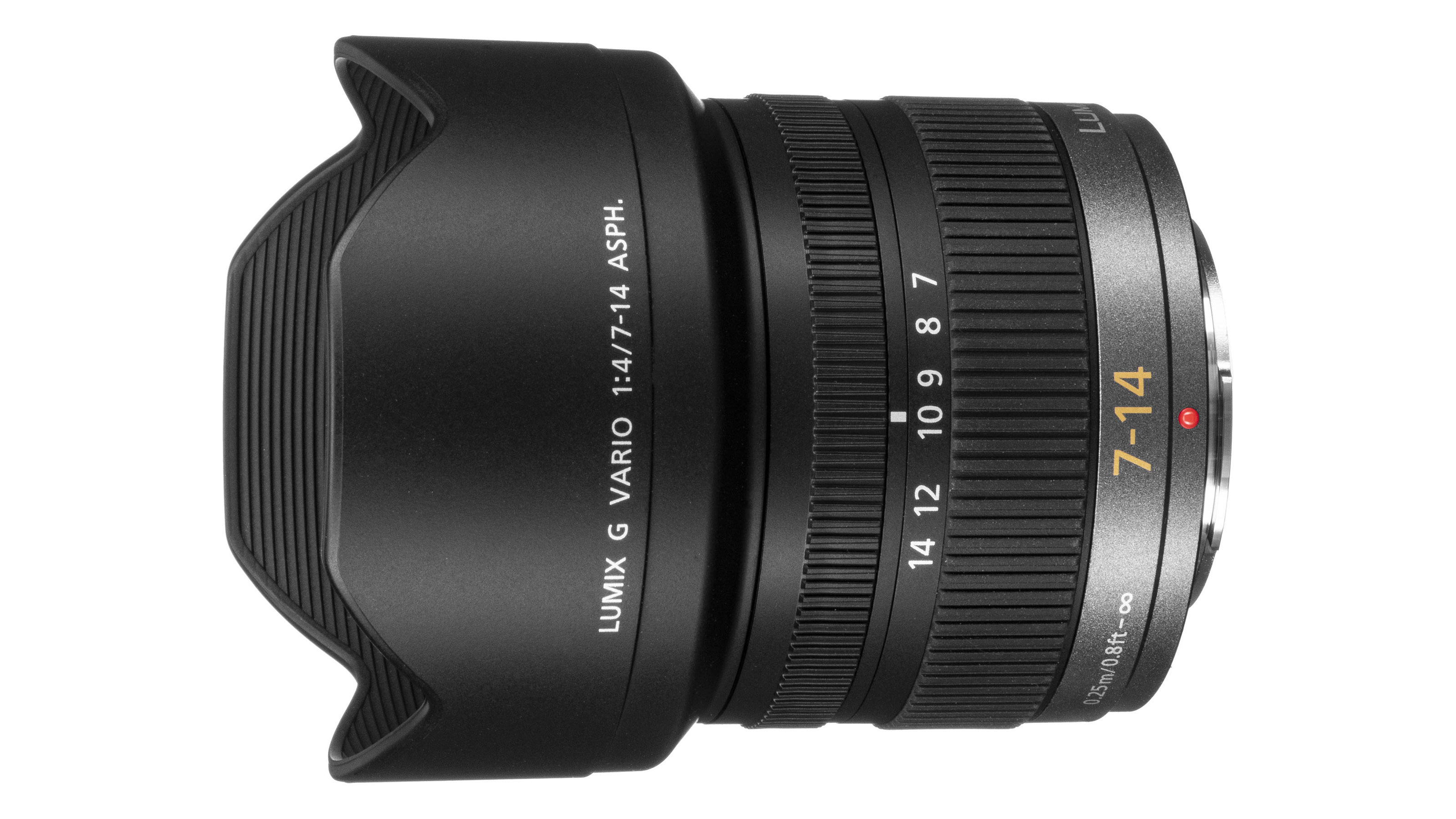
Specifications
Reasons to buy
Reasons to avoid
Constant-aperture wide-angle zooms tend to be both big and expensive, but the Lumix G Vario 7-14mm f/4 keeps both of these well in check. It’s cheaper than the Panasonic Leica 8-18mm f/2.8-4 and a good deal smaller and lighter too, so it’s an excellent ultra-wide alternative if you don’t need this focal range very often or you need to travel light. The edge definition isn’t that great at 7mm, but otherwise the optical performance is pretty good. The front element is pretty bulbous, though, so the petal hood is fixed and it’s not practical to use filters – so it may not be ideal for classical landscape photography.
See our full Panasonic Lumix G Vario 7-14mm f/4 ASPH review
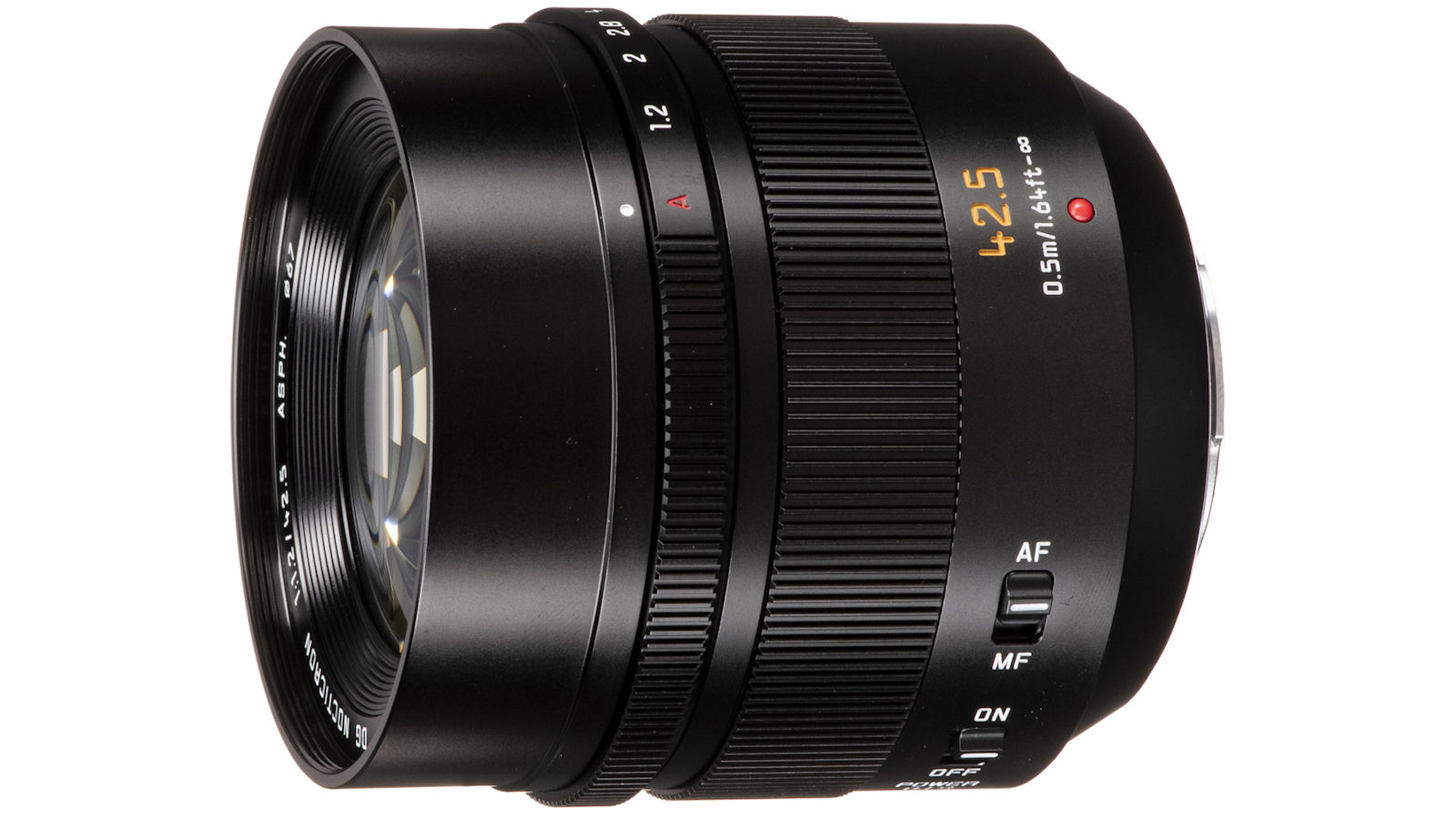
Specifications
Reasons to buy
Reasons to avoid
When you think of portrait lenses, you think of that classical 85mm focal length and a fast maximum aperture for soft background blur. Thanks to the smaller Micro Four Thirds format, the Nocticron 42.5mm equates exactly to 85mm in full frame terms, and while the f/1.2 maximum aperture won’t deliver quite the same shallow depth of field of a full frame lens, it can still create very strong background blur and subject separation. It’s one of Panasonic’s Leica co-badged lenses, so while it is more expensive you do get premium design and build quality – and pretty spectacular optical performance. There’s even an aperture ring – a rarity on MFT cameras – though this won’t work with Olympus/OM System cameras.
See our full Panasonic Leica DG Nocticron 42.5mm f1.2 ASPH Power OIS review
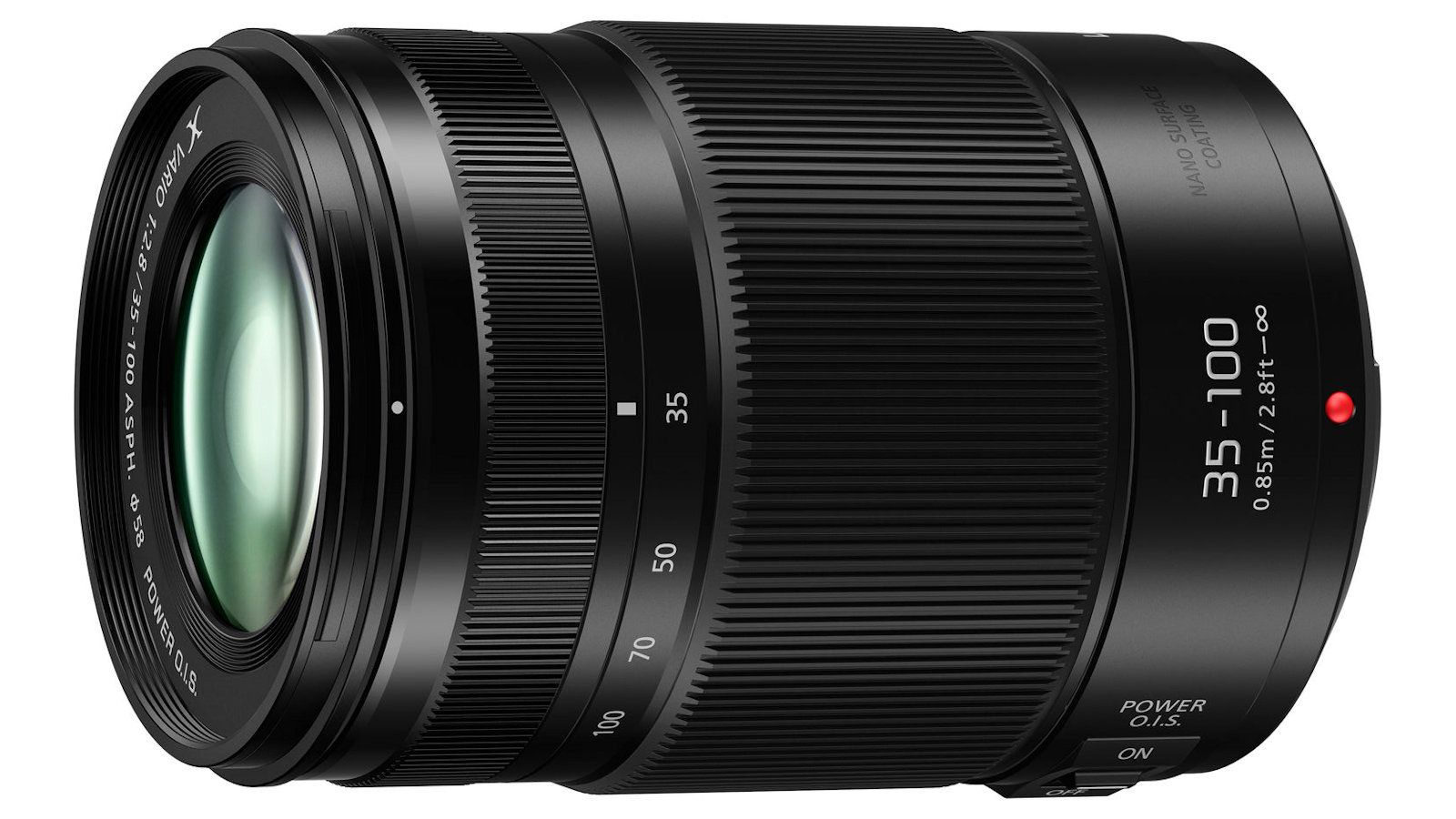
Specifications
Reasons to buy
Reasons to avoid
Professional photographers using full frame cameras will have the holy trinity of f/2.8 constant aperture zooms, including a 70-200mm f/2.8. This is Panasonic’s equivalent, boasting the same effective focal range and maximum aperture, but at a fraction of the size and price. The MFT format does have its critics, but the smaller size and lower cost of professional-quality lenses is often overlooked. This lens isn’t just small, it has a neat and unfussy cylindrical design which makes it easy to stow in a small corner of your camera bag. You don’t get a customizable control ring or focus hold button, for example, so it is a bit plain and the bokeh quality isn’t the best – but the size and the price are very compelling.
See our full Panasonic Lumix G X Vario 35-100mm f/2.8 II Power OIS review
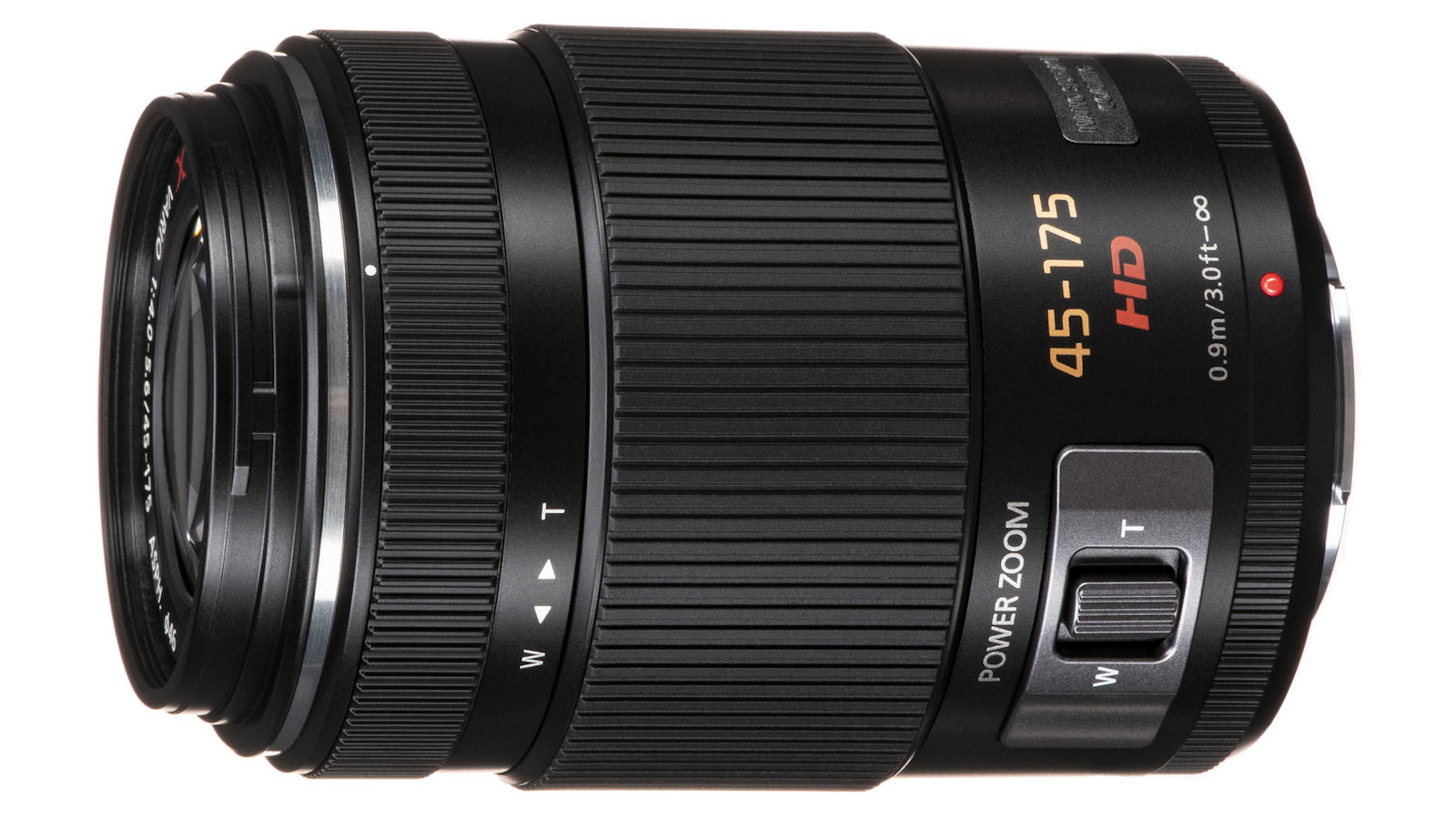
Specifications
Reasons to buy
Reasons to avoid
Top quality telephotos don’t come cheap, even in the Micro Four Thirds world, so the PZ 45-175mm f/4-5.6 ASPH. is interesting for all sorts of reasons. First, it offers huge telephoto reach for such a small lens and, second, it doesn’t cost much. The third feature that might tempt GH7 owners in particular is its power zoom lever. It’s a filming technique that can sometimes be overused and isn’t always easy to get right, but if live zooms are part of your filming style, then a PZ lens is practically a must. The optical performance is good rather than great (the price tells you that), but this is another handy little lens to keep in your bag in case you need it.
See our full Panasonic PZ 45-175mm f/4-5.6 Power OIS review
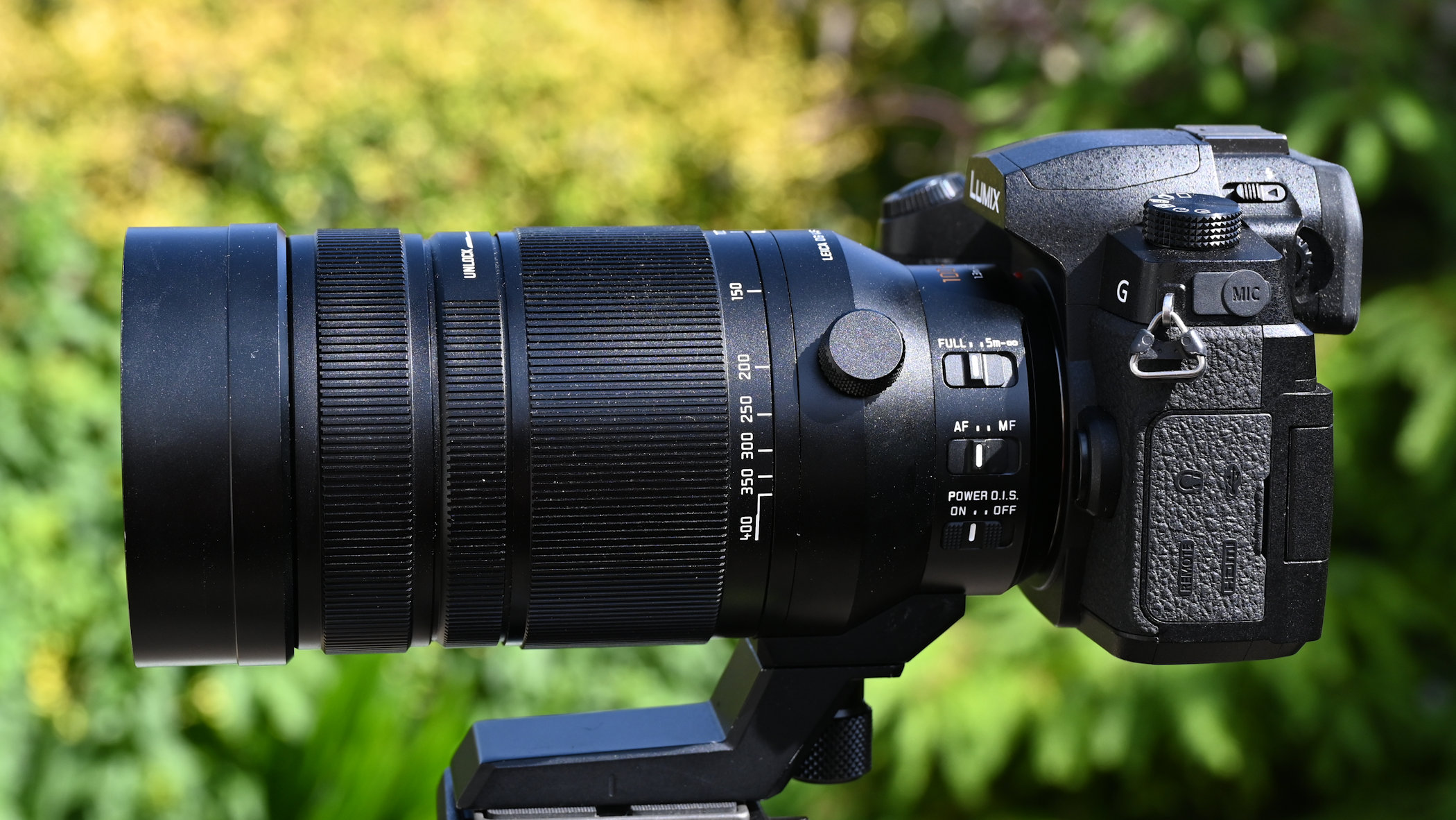
Specifications
Reasons to buy
Reasons to avoid
Do you do any wildlife filmmaking or photography? Want to give it a try? The Vario-Elmar 100-400mm f/4-6.3 gives you an effective focal range of 200-800mm, which is huge. The downside is that you are stuck with a relatively limiting f/6.3 maximum aperture at full zoom and, like most consumer telephotos, this one starts to lose a little sharpness at longer focal lengths – but then take into account its size, cost and zoom range and the fact that professional supertelephotos cost, very literally, ten times more. You get a focus limiter for faster AF on subjects more than 5m away, and optical stabilization too – though you may not need that so much with the GH7, which has excellent IBIS of its own.
See our full Panasonic Leica DG Vario-Elmar 100-400mm f/4-6.3 Asph Power OIS review
Get the Digital Camera World Newsletter
The best camera deals, reviews, product advice, and unmissable photography news, direct to your inbox!

Rod is an independent photography journalist and editor, and a long-standing Digital Camera World contributor, having previously worked as DCW's Group Reviews editor. Before that he has been technique editor on N-Photo, Head of Testing for the photography division and Camera Channel editor on TechRadar, as well as contributing to many other publications. He has been writing about photography technique, photo editing and digital cameras since they first appeared, and before that began his career writing about film photography. He has used and reviewed practically every interchangeable lens camera launched in the past 20 years, from entry-level DSLRs to medium format cameras, together with lenses, tripods, gimbals, light meters, camera bags and more. Rod has his own camera gear blog at fotovolo.com but also writes about photo-editing applications and techniques at lifeafterphotoshop.com
